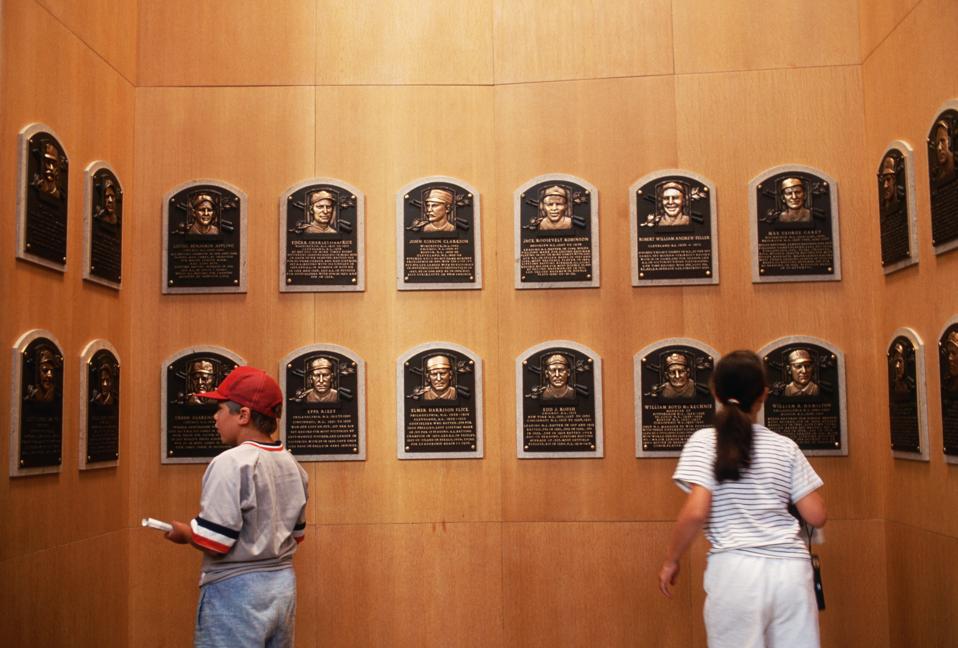Officially, an economic downturn is not a recession until there are two consecutive quarters of GDP shrinkage. We’re halfway there.
That’s how I started my previous column (5/2/25) and, given the history of U.S. economics, there’s no reason to change that outlook. Indeed, there have been 50 recessions in American history, dating back to the Articles of Confederation, some mild to the point of being hardly perceptible, some devastating like the Great Recession of 2008-09 and the Covid Recession of 2020.
Don’t fear a recession. Prepare for it.
Recessions are natural and actually necessary. Economies expand and contract just like your heart and lungs do. The realistic question is not whether we’ll have one, but when we’ll have it, how severe it ill be, and what we’ll be doing about it.
Some, I included, see it in the works already, as I indicate above. Others see the onset ahead, perhaps starting in Q3. But nobody doubts its impending arrival.
One step taken in advance
As I’ve said hundreds of times over my 28 years as an independent career coach and job market observer (including 22 years as a columnist, one step taken in advance is longer than 10 steps taken to catch up. In other words, don’t wait another minute. Don’t think it won’t happen to you. Don’t underestimate a thing. Don’t expect things to work themselves out. The time for your next move is right now, no matter what your current situation is.
Make yourself a “five-tool player”
In baseball, the truly great players – the elites – can do all five things exceptionally well. They can hit, hit with power, run, field, and throw. They are Mays, Aaron, Mantle, Clemente, Robinson, Hodges, Henderson, Jeter, Judge, Ohtani.
In the job market, here are your five tools and what you must do:
1. Update and upgrade your résumé and online profiles.
This is the way the world sees you before they meet you, so these documents need to be absolutely top notch. When was the last time you updated them? If it’s longer than six months ago, that’s your bad. A lot has happened in the last year. Do you remember it all? As for seeing before meeting, Philipppa Long, a friend and retired HR executive, estimates that 95 or 96 percent of all candidates have been vetted on LinkedIn before they ever knew they were being considered. “Your profiles may have replaced your résumé as your most important document,” says Long. Hard to argue.
2. Develop incisive interviewing strategies.
The reason most candidates don’t move to the next round of interviews – or to the job offer – is not that they lack interview skills; it’s that they don’t have good strategies – or any strategies at all, for that matter. Armed with three or four tried-and-true strategies, you’ll go places. Neglect this and you better get used to your current job.
3. Build a strong job search strategy.
“Getting a job” is not a strategy. It’s a goal or, if you don’t have timelines, only a dream. And “Sending out as many résumés as possible” is not only not a strategy; it’d a colossal waste of time. Focus, target, aim. Use a rifle, not a shotgun.
4. Career planning is an ongoing process.
Let’s unpack this. Too many people have no career plan – and never did. They’re just going from one job to the next, whatever that will be. Others may have put together a plan upon graduating school or sometime since but are still working that plan. Well, if you haven’t been watching the nature, pace, and scope of change over the last 20 years, now would be a good time to start. But build a flexible plan, because it’s OK to have to change your plan; it’s just not OK not to have one.
5. Network like a pro.
Contrary to popular belief, career networking is not something you should do just when you need a job. That’s knee-jerk, transactional, and useless. Marty Latman, a well-known northern New Jersey-based networking guru, has always stressed, as he calls it, his “A.B.C. approach” to the networking function: “Always Be Connecting.” In other words, be proactive about regularly staying in touch with key people in your network. As well, advises Latman, “Don’t limit yourself to your keyboard and online networking sites. Get out to conferences, meetings, industry and occupational events, alumni gatherings, and such.” Nothing is better than a handshake, eye-to-eye contact, and a cup of coffee.
Hall of Fame
I recently visited the Baseball Hall of Fame in Cooperstown, New York, and there they were: hundreds of examples of what a five-tool play can accomplish.

